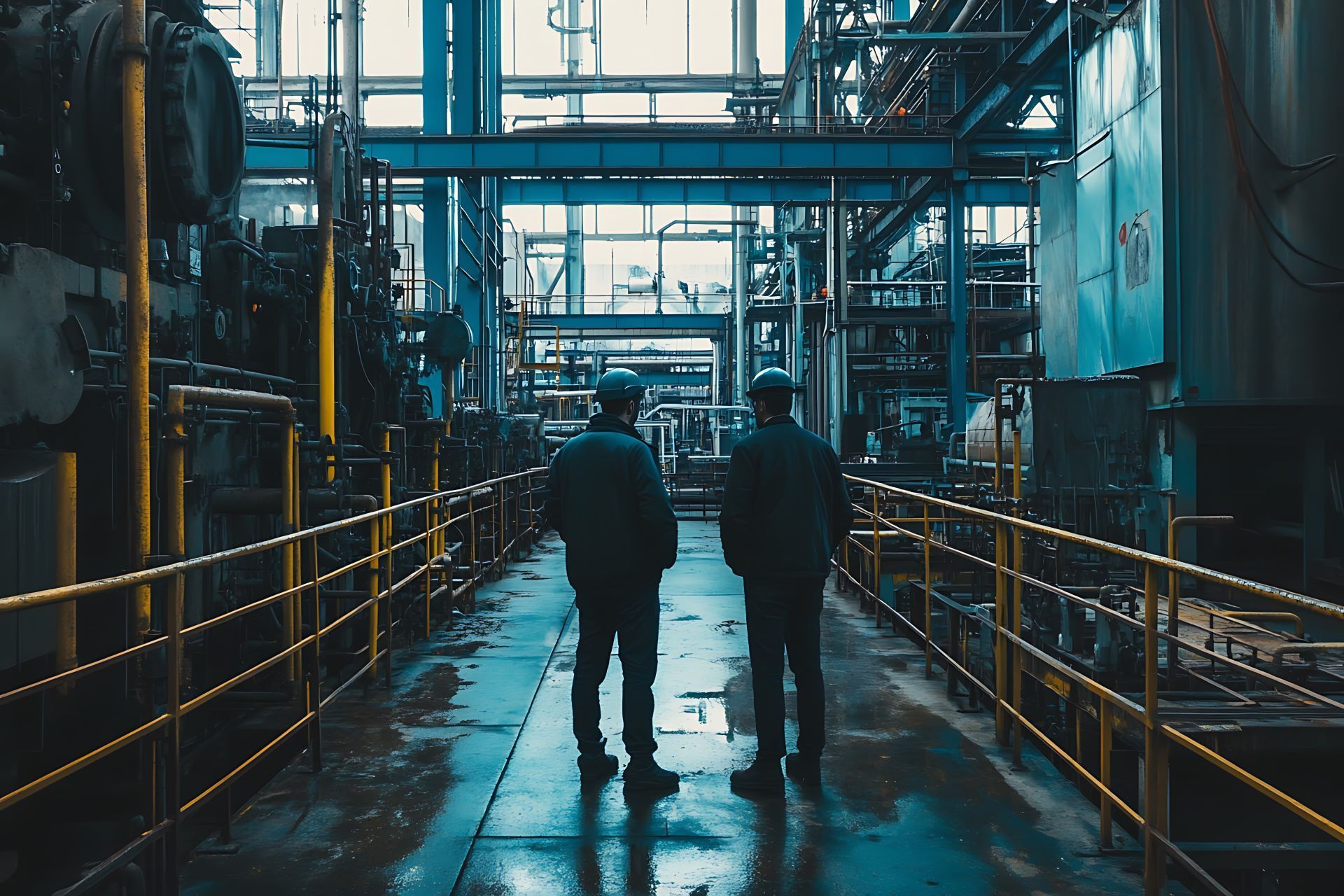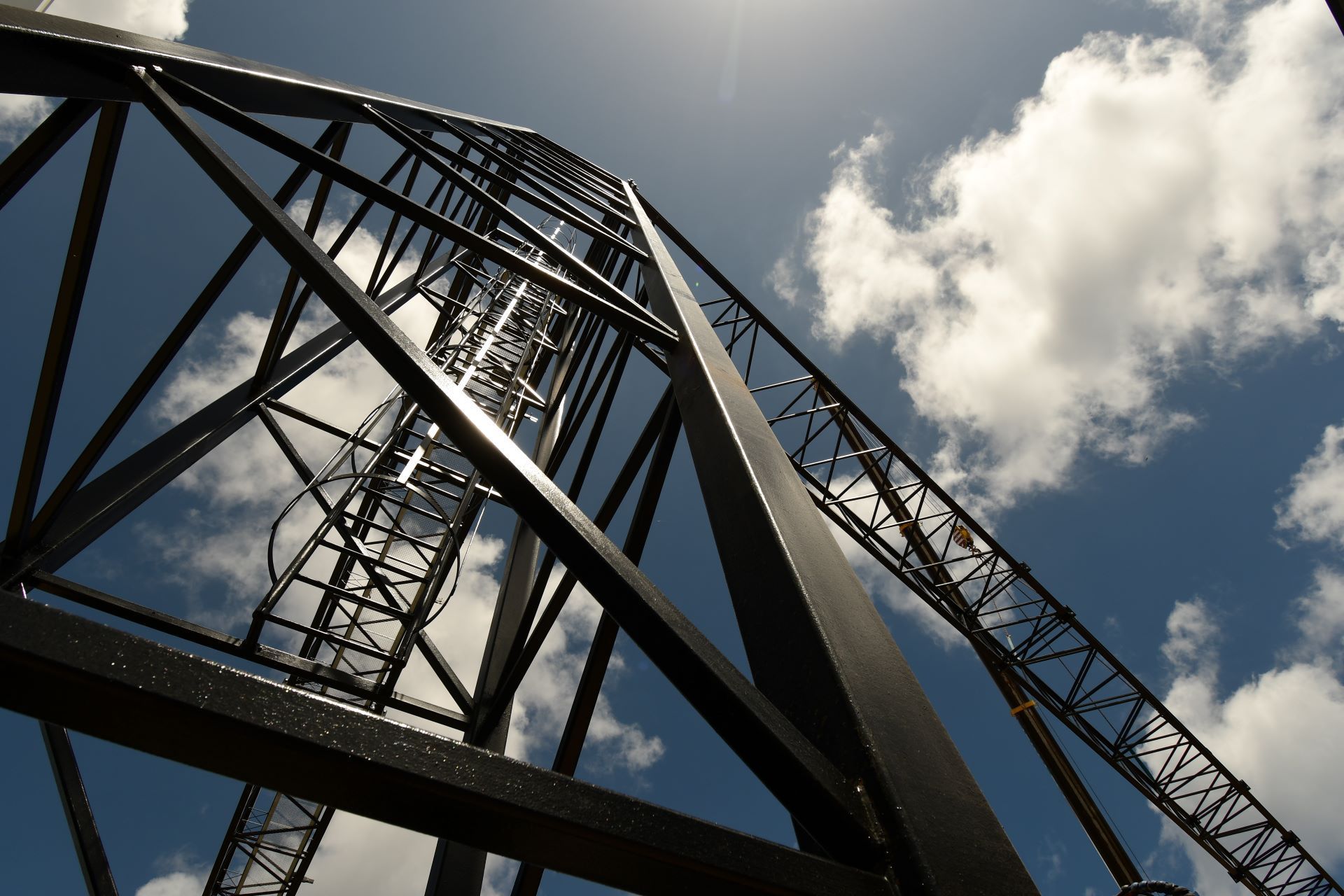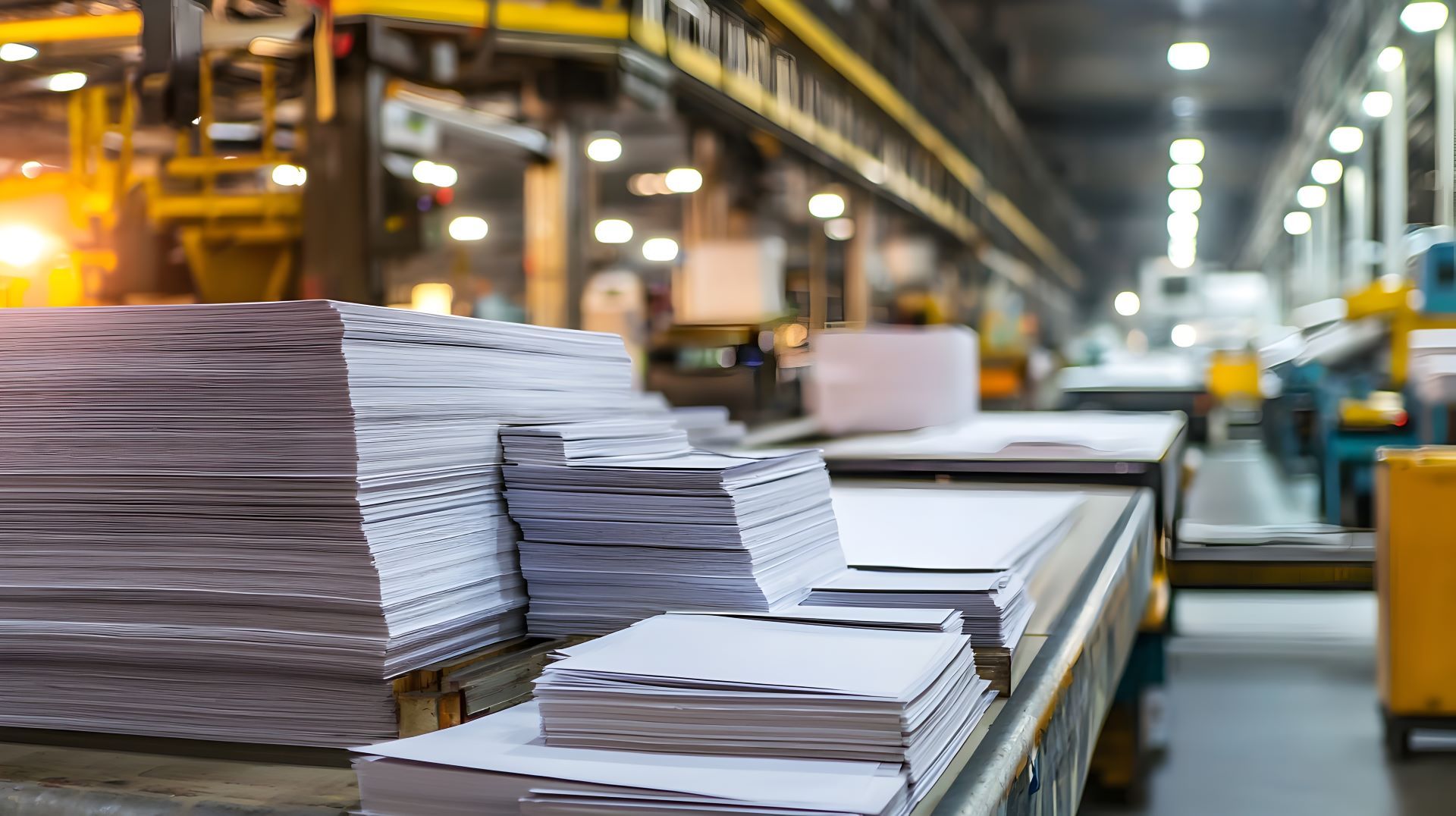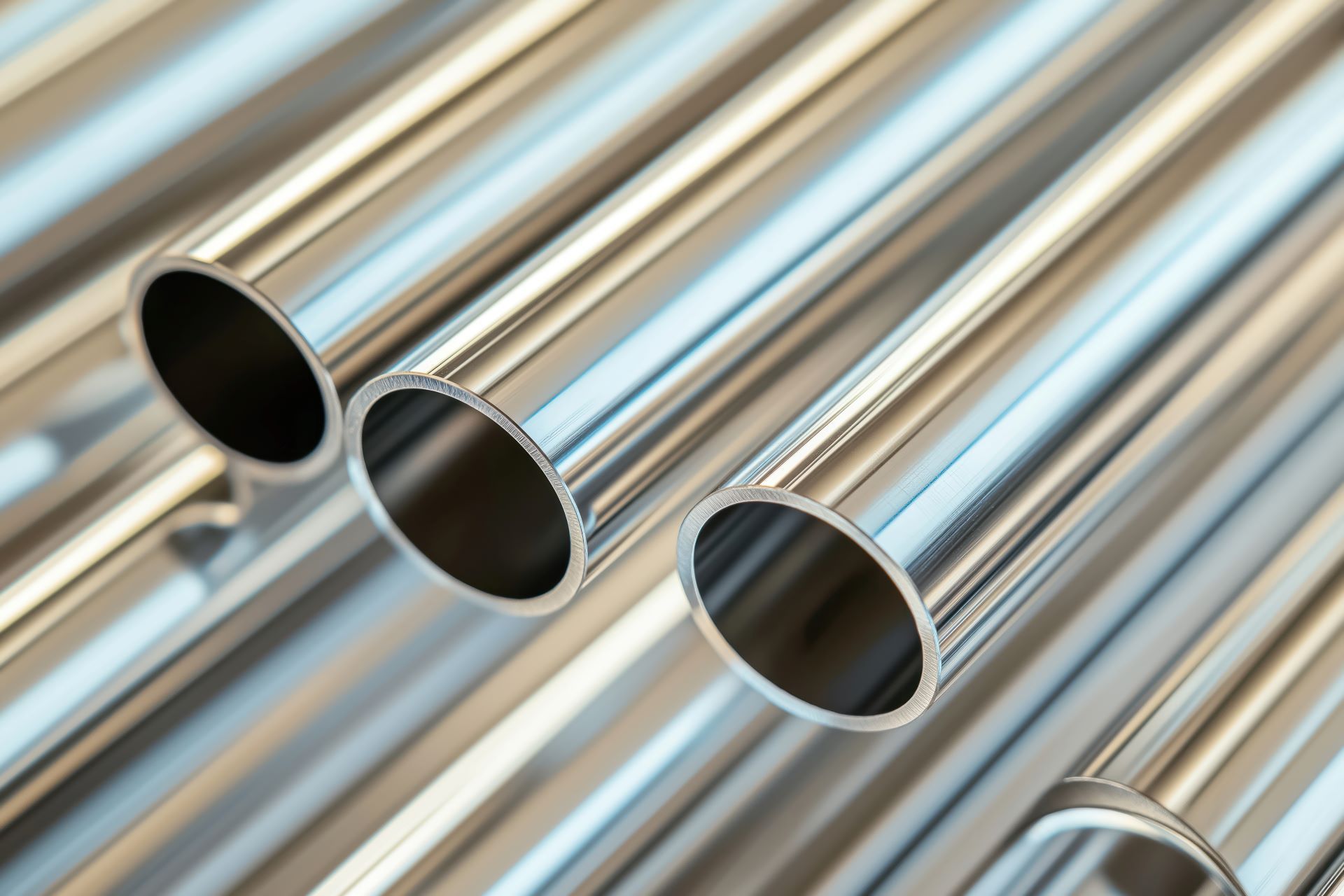Centerless Ground Bar vs. Precision Machined Bar: What’s the Difference?
When manufacturing components with tight tolerances and high-performance requirements, material consistency and surface finish can have a major impact on productivity, tooling, and final part quality. For many fabrication shops, the choice between centerless ground bar and precision machined bar determines whether a project hits its dimensional targets and downstream machining goals.
While both options offer precision and quality, they are not interchangeable. Each processing method results in unique characteristics suited to different applications, machining environments, and end-use performance needs. Understanding the distinctions between the two can help manufacturers select the most appropriate bar stock based on part specs, lead times, and surface finish expectations.
What Is a Centerless Ground Bar?
Centerless grinding is a finishing process used to produce round bar stock with exceptional surface finish, dimensional accuracy, and straightness. Unlike traditional grinding or turning operations, centerless grinding does not use a spindle or fixture to hold the workpiece. Instead, the bar is supported between a grinding wheel and a regulating wheel while being rotated and fed through the machine.
The absence of a center holding mechanism allows for continuous grinding and uniform material removal along the length of the bar. This results in a consistently round product with precise diameter control.
Centerless ground bars are typically produced from cold-finished or hot-rolled stainless steel. The grinding process removes imperfections and surface scale, producing a bright, smooth surface that is ideal for applications where friction, wear, or visual appearance matters.
What Is a Precision Machined Bar?
A precision machined bar refers to stainless steel round bar that has been shaped and finished using conventional machining operations like turning, milling, or lathe cutting. These bars may be produced to tight tolerances and customized dimensions, but they are typically processed using standard CNC machines or manually operated lathes.
Unlike centerless grinding, precision machining uses cutting tools to remove material and form the final shape. This makes it easier to produce complex geometries or variable profiles but may require multiple setups or secondary operations for surface finishing or tolerance adjustments.
Precision machined bars may begin as hot-rolled, cold-finished, or annealed stock and are often further processed after machining, such as polishing or passivation, depending on the end use.
Comparing the Two: Key Differences and Selection Factors
Choosing between centerless ground and precision machined bar stock isn’t just about surface finish, it’s also about speed, volume, tolerance, and production goals. Below is a comparison of the two based on key performance metrics:
| Feature | Centerless Ground Bar | Precision Machined Bar |
|---|---|---|
| Surface Finish | Extremely smooth, bright, and uniform | Varies by tool, can be smooth but may require polishing |
| Dimensional Tolerance | Tight and consistent across full length | Good, but may vary over long runs or complex parts |
| Straightness | Superior ideal for critical straightness requirements | May require secondary straightening |
| Production Speed | High for long-run, high-volume jobs | Slower for long bars; better for short-run or complex shapes |
| Best Use | Shafts, bushings, pins, pump rods, hydraulic components | Custom parts, threaded features, variable-diameter sections |
| Surface Hardness Consistent due to even pressure grinding May vary based on feed rates, cutting tools, and depth of cut | Consistent due to even pressure grinding | May vary based on feed rates, cutting tools, and depth of cut |
Centerless grinding is typically favored for components that require straightness, diameter consistency, and high finish especially when bars are going into further turning or grinding operations. Precision machining, on the other hand, is suited for producing custom parts with variable dimensions, features, or threads.
Why Centerless Ground Bar Is Preferred in High-Volume Machining
For shops producing thousands of identical components, consistency is everything. Centerless ground bar ensures uniform diameter and roundness across the full length of the material, making it ideal for applications like shaft production, fluid control parts, and alignment-critical components.
Because the bar rotates freely and is ground along its length without any clamping, it avoids the common issues associated with chucking distortion or vibration. This reduces wear on downstream tooling and allows for faster machine setup times.
At Action Stainless, centerless ground stainless steel bars are available in a wide range of diameters and grades. Our in-house grinding capabilities support close tolerances and fast turnaround without relying on outside vendors. That means more control over lead time, consistency, and quality.
Applications That Benefit from Precision Machined Bar
Precision machining gives fabricators flexibility when the part geometry requires more than just a round, smooth shape. Machined bars are often used when threading, stepped diameters, grooves, or other complex features are needed.
Applications include medical components, custom valve parts, aerospace fittings, and defense hardware. Because the material can be held in a chuck or fixture, exact part specifications can be met even for asymmetric designs or intricate profiles.
For these types of applications, Action Stainless stocks machining-friendly bar grades like 303, 416, and 17-4 PH. These materials offer the machinability, chip control, and hardness retention required for high-performance custom components.
Stainless Grades for Ground and Machined Bars
- 303 Stainless– Excellent machinability, ideal for turned parts and screw machines 3
- 04/304L– General-purpose corrosion resistance and formability 3
- 16/316L – Marine-grade corrosion resistance and chemical compatibility
- 416 Stainless– Free-machining stainless with sulfur addition for high-speed turning
- 17-4 PH– Precipitation hardened stainless for aerospace and defense applications
Processing Considerations in Bar Selection
When choosing between centerless ground and precision machined bar, consider how the material will be handled during production. Factors like part complexity, secondary operations, and equipment limitations should all influence the decision.
If a part needs to maintain straightness over long lengths or requires no interruption during automated processing, centerless ground bar is the better choice. Its consistency helps avoid vibration, misalignment, and tool chatter during CNC operations.
If a part needs multiple diameters, custom features, or threading, starting with a standard bar and machining it into shape might be more efficient particularly in low to mid-volume projects.
At Action Stainless, our sales and technical teams help customers assess these trade-offs and choose the right stock for their equipment, run size, and final product goals.
In-House Services That Support Both Bar Types
Action Stainless offers value-added services that simplify your supply chain and support both centerless ground and precision machined bar needs. These services include:
- Saw cutting to precise lengths for production efficiency
- Centerless grinding to tight tolerances and mirror-like finish
- Polishing and deburring for improved surface integrity
- Shearing and chamfering for ready-to-machine blanks
- Lot traceability and mill cert documentation
Because these processes are performed in-house, you benefit from tighter lead time control and greater visibility into product quality especially for critical components going into high-spec systems.
Why Fabricators Trust Action Stainless
For over four decades, Action Stainless has supplied fabricators, machine shops, and OEMs with bar products that meet the most demanding tolerance, finish, and material requirements. Our depth of inventory and processing capabilities allow us to meet project needs quickly without compromising quality.
Whether you need centerless ground bar for your hydraulic rod production or precision-machined bar blanks for high-tolerance parts, we provide the materials, finish, and consistency your process demands.
From single pallets to truckload quantities, we support customers across industrial sectors with materials ready for machining, fabrication, and finishing all processed in-house by our experienced team.






